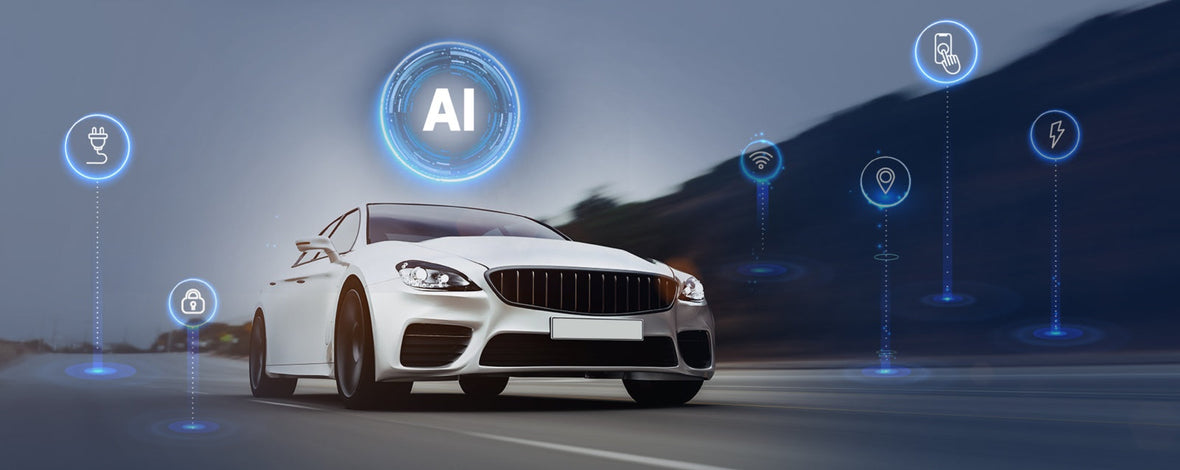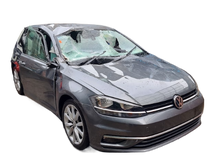
Driving Innovation: AI's Impact on Automotive Design
Frequently Asked Questions
1. What role does AI play in automotive design?
2. How does AI improve safety in automotive design?
3. What are the benefits of using AI in manufacturing cars?
4. How does AI facilitate vehicle customization for consumers?
5. What challenges exist in integrating AI into automotive design?
The automotive industry is undergoing a transformation that blends traditional engineering with cutting-edge technology. Central to this evolution is the growing role of Artificial Intelligence (AI) in automotive design. From enhancing safety to improving efficiency and creating tailored user experiences, AI is reshaping how cars are designed, manufactured, and even marketed. In this blog post, we dive deep into the myriad ways artificial intelligence influences automotive design, providing insights for enthusiasts and industry professionals alike.
The AI Revolution in Automotive Design
As we step into a new era of automotive innovation, AI technologies such as machine learning and data analytics have become crucial in the design and development processes. Here’s how AI is revolutionizing automotive design:
Enhanced Design Processes
In traditional automotive design, creating a vehicle could take years, involving countless iterations and prototypes. However, AI accelerates this timeline significantly. By utilizing algorithms and software that analyze design variables, manufacturers can generate optimal designs quicker than ever before. This not only enhances creativity but also cuts down on resources and time.
Predictive Analysis for Safer Designs
Safety is paramount in automotive design, and AI plays a critical role in predicting potential safety issues during the design phase. Through extensive simulation models, AI can analyze numerous scenarios that a vehicle may encounter, allowing designers to proactively address vulnerabilities before they manifest in real-world conditions. This predictive capability contributes to the creation of safer, more reliable vehicles.
Streamlining Manufacturing with AI
Once a design is finalized, the manufacturing process kicks in. AI doesn’t just enhance the design; it optimizes the manufacturing processes as well. Here's how:
Quality Control
AI technologies, such as computer vision, are instrumental in quality control within automotive manufacturing. By using AI to monitor production lines, manufacturers can quickly identify defects in real-time, leading to higher-quality vehicles and reduced waste. This attention to detail ensures that every vehicle meets stringent industry safety standards and customer expectations.
Supply Chain Optimization
The automotive industry operates on tight schedules and cost constraints. AI systems analyze vast amounts of data to streamline supply chains, ensuring that every component arrives when needed without overstocking or delays. This optimization helps manufacturers remain agile and responsive to market demands.
Customization and Consumer Interaction
Another exciting aspect of AI in automotive design is the ability to personalize vehicles for consumers. Customers today expect more control over their car features and aesthetics. AI facilitates this through advanced data analytics and consumer behavior modeling.
Smart Features Integration
Modern cars come equipped with numerous smart features that enhance user experience. AI algorithms enable cars to learn from their drivers’ habits, automatically adjusting settings such as seat positions, climate control, and even music preferences. This personalized interaction not only elevates user satisfaction but also fosters brand loyalty.
Augmented Reality in Design Visualization
Augmented Reality (AR) tools powered by AI allow designers and consumers to visualize concepts far beyond traditional sketches. Car manufacturers use AR to create immersive experiences that can showcase different colors, features, and even simulate how a vehicle performs under various conditions. This innovative approach not only boosts sales but also increases customer engagement at the initial purchase stage.
The Future of AI in Automotive Design
As we look towards the future, some exciting trends suggest even more profound integrations of AI in automotive design:
Autonomous Vehicles
Self-driving technology depends heavily on advanced AI systems. By processing data from diverse sensors and predicting real-world scenarios in fractions of a second, AI allows vehicles to navigate complex environments autonomously. This advancement presents unique design challenges and opportunities that will shape future generations of cars.
Eco-Friendly Innovations
With growing concerns around climate change and sustainability, AI also assists in the design of greener automotive solutions. By optimizing designs for energy efficiency and facilitating the integration of electric vehicle technologies, AI can help manufacturers meet stricter environmental regulations while appealing to eco-conscious consumers.
Challenges to AI Integration
While the benefits of integrating AI into automotive design are significant, it's crucial to address some challenges that come with it:
Data Privacy and Security
As vehicles become smarter, the amount of data collected increases dramatically. Manufacturers must ensure this data is handled responsibly, considering consumer privacy and security. Establishing robust protocols and transparent policies is essential to address potential concerns regarding data misuse.
Employee Training and Transition
Integrating AI systems requires skilled professionals who can bridge the gap between traditional automotive engineering practices and modern AI technologies. Manufacturers may need to invest in training programs, workshops, and educational initiatives to ensure that their workforce is up-to-date with the latest advancements in AI.
Bringing It All Together: The Synergy of AI and Automotive Design
The synergy of AI and automotive design creates a dynamic landscape where innovation flourishes. By harnessing the power of machine learning, predictive analysis, and data-driven insights, brands can not only produce better vehicles but also elevate the entire customer experience. The collaborative potential of AI is vast, and as technology continues to evolve, so too will the designs and features of future vehicles.
Your Journey into the Future of Automotive Design
As we accelerate into the future, the role of AI in automotive design stands to influence every aspect of the industry—from ideation to execution. For enthusiasts and industry professionals, this presents an exciting opportunity to engage with a rapidly evolving landscape full of innovative solutions. By embracing these emerging technologies, the automotive industry can meet consumer demands while pushing the boundaries of what's possible in design and functionality. So, buckle up; the ride into the future of automotive design is just getting started!





















